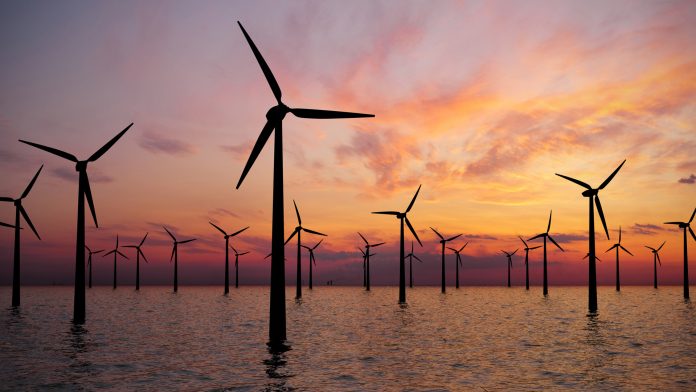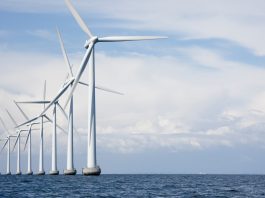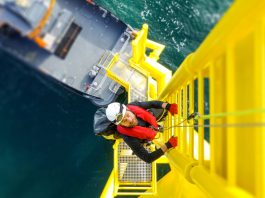Three Robots for a Safer World competition winners will enhance offshore sustainability by using AI to gather data, maintaining wind farms and mapping the seafloor more efficiently and cost-effectively.
The three project winners will exhibit novel technologies such as energy harvesting and low power Artificial Intelligence (AI) computing, fleets of autonomous robots and creating a subaquatic equivalent of Google Maps.
The projects will obtain a portion of £4.5 million in funding from UK Research and Innovation’s Industrial Strategy Challenge Fund.
Offshore sustainability
Fleets of autonomous aquatic robots, and an undersea navigation system more precise than GPS, are two of the projects that will facilitate the UK’s digitalisation of its coastal waters. The projects will assist the development of UK offshore industries across a variety of sectors such as energy, autonomy, and defence.
Science Minister George Freeman explained: “The projects announced today will have a wide range of applications including in national security, as well as leading to improvements in the efficiency and cost of wind power that will be vital in helping us to achieve net-zero.
“In the run up to the COP26 conference in Glasgow, these projects are a prime example of the UK’s leading role in fighting climate change through innovative research.”
National security
Director of UK Research and Innovation’s Robots for a Safer World challenge Andrew Tyrer added: “The UK’s coastal waters offer a myriad of opportunities, from offshore wind and aquafarming, to mining and even national defence.
“The Robots for a Safer World challenge will help Britain take more efficient advantage of these opportunities, helping us to achieve carbon neutrality and ensure national security.”
Stephen Ashley, Head of Offshore Energy 4.0 at the Net Zero Technology Centre, commented: “Subsea autonomous systems have an important role to play in driving down costs and operational emissions to help us achieve our UK offshore net-zero ambitions.
“These projects are directly aligned with the technology centre’s roadmap and are a perfect example of disruptive technologies accelerating the energy transition. We’re delighted to help fund and support delivery of these projects over the coming months.”
The competition’s objective was to establish the next generation of subsea autonomous systems for offshore subsea operations to address difficulties in a range of industries such as offshore energy, aquafarming, deep-sea mineral exploration and maritime defence.
Subaquatic mapping
The Subsea Enhanced Autonomous Mapping (SEAMless) project seeks to develop the subaquatic equivalent of Google Maps, which will offer more precise positioning data than GPS.
This will assist innovations in underwater robotics and autonomous systems to encourage the growth of the offshore wind energy industry in the future.
SEAMless will function in open water and near infrastructure to undertake targeted surveys and inspections for offshore renewables and oil and gas decommissioning.
The system will be able to map an entire offshore windfarm, producing a digital model, allowing underwater robots to place themselves and navigate safely as a result of heightened autonomous awareness.
Continuous data collection
The Demeter project will utilise autonomous subsea robots to constantly gather and examine data without needing costly, high-maintenance, energy-intensive infrastructure.
Demeter intends to modify the way we perform undersea monitoring from manual, high-priced, and low-frequency data retrieval to automated, economical, high-frequency and on-demand intelligence retrieval.
This will reduce the cost and environmental impact of applying both renewable and non-renewable offshore resources. As well as this, the project has the potential for further functions in maritime security operations, such as maritime surveillance.
Squads of robots
The Squads of Adaptive Robots (SoAR) project will provide fleets of autonomous underwater vehicles (AUV) and un-crewed surface vehicles overseen by an AI fleet capable of adaptive mission planning.
This will deliver an efficient way for offshore wind power operators to examine the environment, react to incidents and observe operational, decommissioned and abandoned structures.





